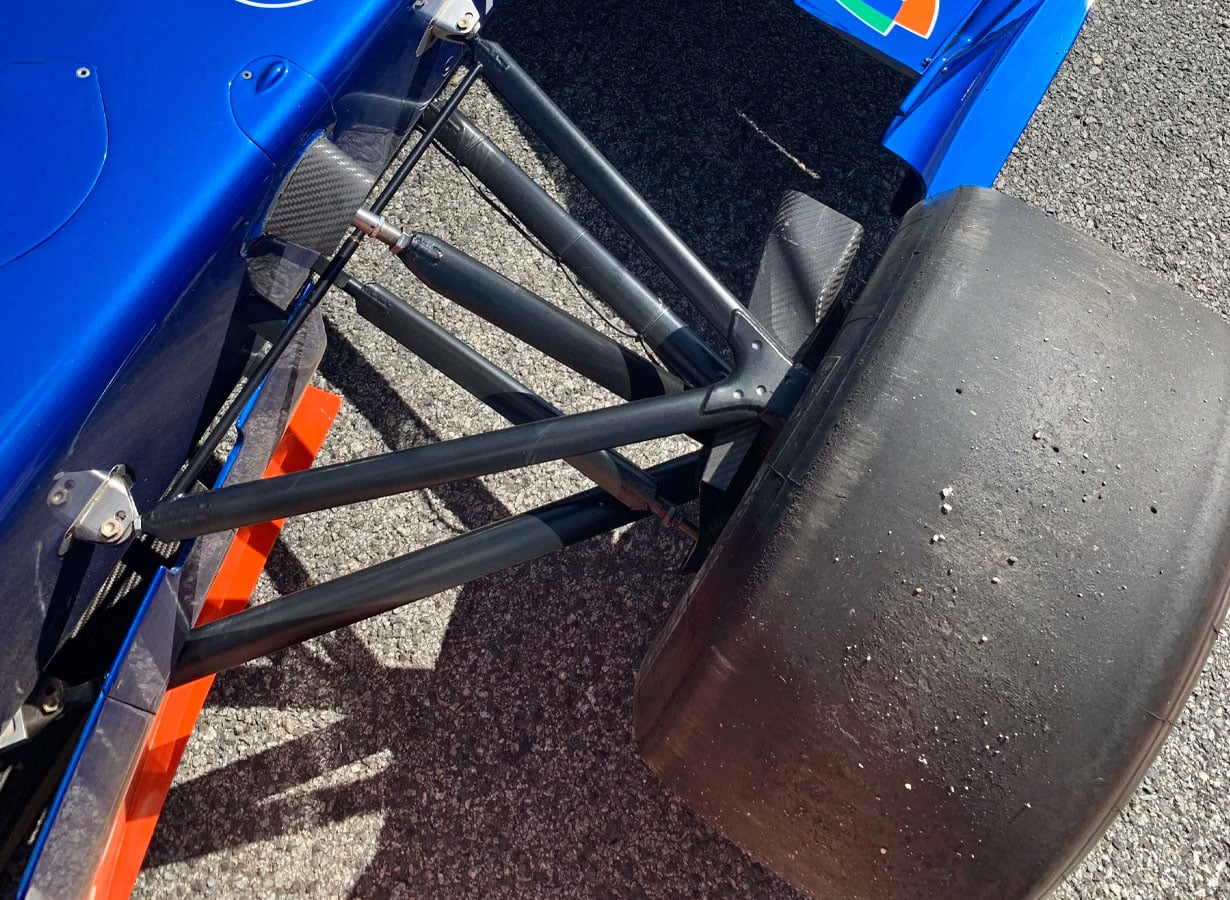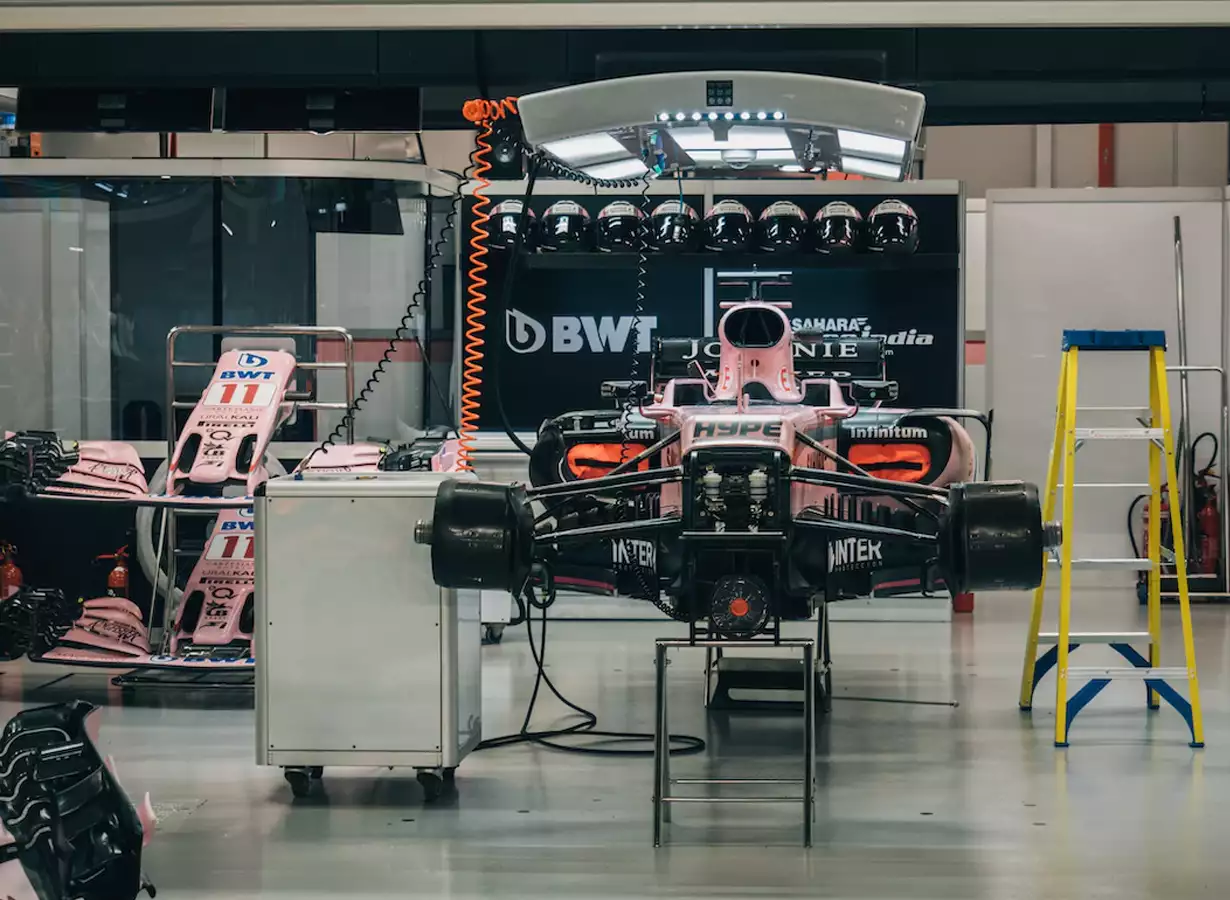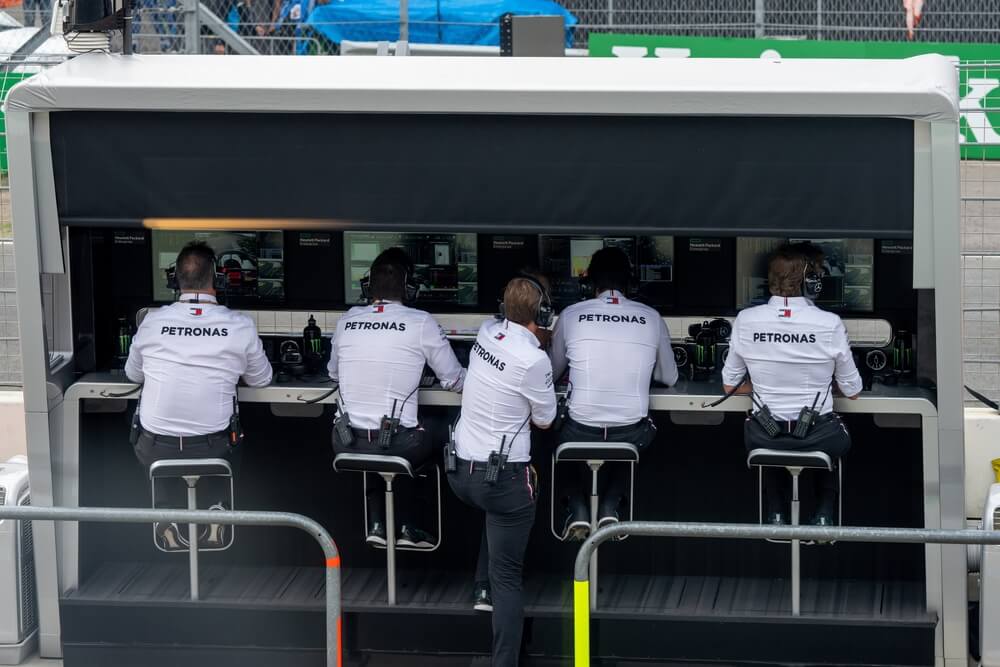Each year, Formula One (F1) teams battle it out for the World Championship. The F1 cars are some of the most advanced and fastest in the world. However, with that speed comes risk.
One of the biggest dangers in F1 is blistering.
This problem, which affects the car’s tires and can lead to decreased performance and even a crash, has been an issue for drivers and teams alike. In the extreme heat of the summer races, blistering can be a significant issue.
In this article, we will explore what blistering is, how it happens, and what can be done to prevent it.
Table of Contents
Watch this video to understand what blistering is.
What is blistering in F1?
Blistering in Formula One (F1) occurs when the tire’s surface starts to peel off in small chunks, affecting the car’s ability to grip the racing track. This is a serious problem as it can cause the car to spin out or even crash.
Key takeaways
- Blistering is when small chunks of the tire break away from the main tread, causing the car to lose its grip on the track and spin out or even crash!
- The most common cause of blistering is the overheating of tires, which leads to the rubber separating from the tire’s surface.
- This can be caused by excessive speed, driving on a hot track, or driving with worn-out tires.
- Blistering can also cause the car to lose speed, and it can be very dangerous on the track.
- To prevent blistering, the drivers need to keep the tires cool by using the right amount of fuel and braking correctly.
- If blistering does occur, the drivers will need to make a pit stop so that the tires can be replaced.
Photo showing the difference between blistering and graining.
Understanding blistering
Blistering is a common problem in Formula One, and it can cause severe damage to the car.
With drivers reaching speeds of up to 220 miles per hour, the cars must be able to withstand the extreme heat and pressure.
While this has always been a challenge, it has become even more difficult in recent years with the addition of hybrid engines. These engines are more efficient but produce more heat, putting even more stress on the cars.
Formula One drivers have to be extremely careful when it comes to blistering. When the surface of a tire starts to peel away in chunks, it can cause a loss of grip that can lead to a crash.
Formula One drivers have to be extremely careful when it comes to blistering. When the surface of a tire starts to peel away in chunks, it can cause a loss of grip that can lead to a crash.
In 2012, Lewis Hamilton had to deal with blistering at the Malaysian Grand Prix. He lost control of his car and crashed into a pole, ending his race.
What causes blistering on a F1 car?
Blistering usually occurs when a tire is over-heated. The heat can cause the rubber to soften and then separate from the main body of the tire.
This creates a bumpy surface that can quickly lead to disaster on the track due to loss of traction.
While overheating of the track or tires is the most common cause of blistering, there are a few other reasons that can cause this anomaly in F1.
Understeer and oversteer
Understeer and oversteer are conditions that can cause blistering in F1.
When a car is understeering, the front tires lose traction before the rear tires, and the car doesn’t turn as much as the driver would like. This causes the car to skid and slide across the track.
This can cause blistering as the tires are dragged across the racing track, overheating the rubber layers inside.
When a car is oversteering, the rear tires lose traction before the front tires, resulting in a sharper turn than intended, which causes the car to spin out of control. This also results in tire overheating and can cause chunks of the rubber to melt away, forming blisters.
Not having correct tire pressures
Most people think that a car’s tires are what provide the grip that keeps it on the track, while in fact, it is the air pressure inside the tires that dictates how much grip they have.
When the pressure is too low, the tires can’t disperse the heat they generate. This causes the rubber to soften and eventually blister as it comes into contact with the track surface. Drivers may also experience a loss of grip when this happens.
The same thing can happen if the inflation pressure is too high; in this case, however, the blisters will be caused by excessive stress on the tires due to a higher pressure.
Bad suspension setup
A poor suspension setup in F1 will affect how the car handles and could lead to it becoming unstable.
When the suspension isn’t set up correctly, it can cause the car to bounce around excessively as it travels down the track. This can create friction between the tires and the track surface, which leads to the formation of blisters.
Preventing blistering in F1 cars is all about adjusting the tire temperatures.
How can you prevent blistering in F1?
As any Formula 1 fan knows, the cars can reach extreme temperatures during a race. This can lead to blistering on the tires, which can cause a loss of grip and ultimately a loss of the race.
To prevent this from happening, teams have to take special precautions.
Adjust tire temperatures
Preventing blistering in F1 cars is all about adjusting the tire temperatures. The tires need to be hot enough to provide a good grip but not so hot that they blister. This can be tricky because the weather conditions can vary from race to race.
One way to combat blistering is by cooling down the tires during the race. This is done by using heat sinks that dissipate the heat from the tires. Teams also use unique rubber compounds that help them withstand extreme temperatures.
Drive cautiously
In addition to taking precautions with the tires, drivers must adjust their driving style. They need to ensure they are not going too fast into corners and are braking correctly.
If they do not take these measures, they could easily cause their car to overheat, and blistering will likely occur.
Ensure the tires are correctly inflated
Tires are a crucial part of an F1 car, and it’s essential that they are inflated correctly to get the best performance out of them.
To ensure that the tires are inflated correctly, teams should use a tire pressure gauge to measure the air pressure in each tire before and during a race.
The ideal air pressure for a tire depends on several factors, such as the temperature and type of track surface, so it’s essential to adjust the pressure accordingly.
Two main factors contribute to the degradation of F1 tires: heat and wear. The combination of heat and wear can cause a tire to lose up to 70% of its original grip.
Frequently asked questions about blistering in Formula One
At what speed does blistering occur in F1?
How do F1 tires degrade?
What is the difference between blistering and graining?
Conclusion
Blistering is a common problem that damages tires in Formula 1 cars. It occurs when small pieces of the tire peel off to create blisters. It can cause a car to lose time and performance, and it can also be dangerous for the driver.
The cause of blistering is typically a result of the combination of high temperatures and tire pressure combined with a wrong suspension setup.
To prevent blistering, teams must find materials that can withstand extreme conditions while also providing good grip and stability. Some recent advances in tire technology have helped to address this issue, but teams in F1 are always looking for new solutions to combat the problem.




